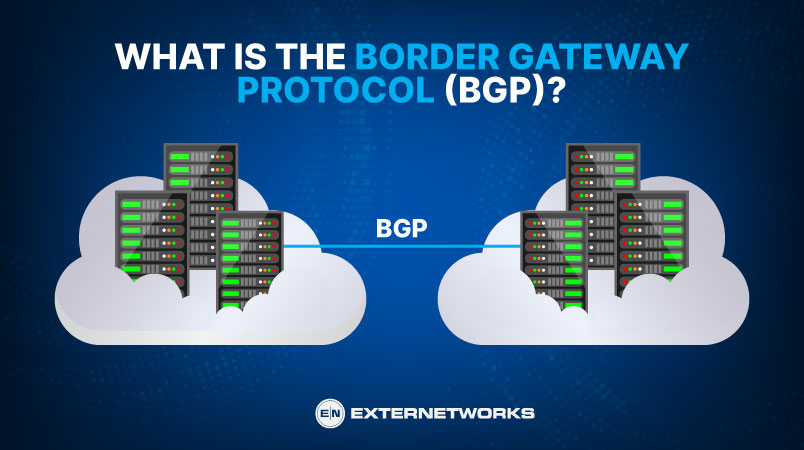28.4k views
Border Gateway Protocol (BGP) is an Internet protocol that allows networks to exchange routes. A route is a list of IP addresses that specifies the best path to reach a destination. When two networks exchange routes, they must agree on a common path, and BGP provides a mechanism for exchanging routes. BGP is a peer-to-peer protocol, meaning each node acts as a client and a server.
Check out the Border Gateway Protocol, why we need it, and how it works.
The Border Gateway Protocol (BGP) was created to support the interconnection of multiple private internets, such as those found in a corporate network.
BGP is now widely used for interconnecting any type of network, including Internet service providers (ISPs), academic institutions, and regional internetworks.
BGP is a standard exterior gateway protocol that provides inter-domain routing services.
BGP provides an efficient method for exchanging network reachability information among autonomous systems. It is a protocol designed to provide connectivity between autonomous systems.
Autonomous Systems operate independently from each other and have their own set of policies, rules, and procedures.
This protocol allows routers to exchange routing information, and it enables them to share their knowledge of routes and reachability.

There are many reasons why we need BGP. Here are a few examples:
The Border Gateway Protocol (BGP) is a dynamic routing protocol that allows routers to share routing information.
Routers in the BGP protocol exchange routing information, which is exchanged periodically over TCP/IP connections. When a router receives a packet, it looks up the next-hop address in its routing tables.
If the next hop is not directly connected, it sends a message asking the peer router to send the packet to the closest router.
Once the packets reach their final destinations, they exit the network via the same interface as the original packet entered.
BGP (Border Gateway Protocol) visibility is the ability to see and communicate with other autonomous systems.
Autonomous Systems are groups of routers that exchange routing information using the BGP.
A router can only talk to another router if it has a route to that destination in its Routing Information Base (RIB), which contains all the routes learned from its neighbors.
This allows each router to determine whether it knows about every route between two locations. It can ask its neighbor(s) for help if it doesn’t know a route.
BGP hijacking refers to intercepting and modifying a BGP message’s contents before it reaches its destination.
Hijacking is possible because BGP does not use any form of encryption, and an attacker can easily modify the contents of a BIP packet without being detected.
Since BGP operates over UDP port 179, it can be intercepted using standard sniffers such as TCP dump.
BGP hijacking occurs when someone uses BGP to redirect traffic away from your network.
For example, you might use BGP to advertise a different path through your network than the one used.
This could cause problems because the traffic will follow the new path, even though it isn’t intended for that destination.
A BGP route leak can cause significant damage to a network because it allows malicious attackers to take control of many IP addresses belonging to a single organization.
These addresses could then be used to launch attacks against the victim.
Misconfigured routers or misbehaving peers cause BGP route leaks. The problem can be easily solved by configuring the router to use its neighbors’ correct Autonomous System path and/or removing the peer from the routing table.
In conclusion, BGP is a powerful tool that enables networks to exchange routing information, making it possible to dynamically discover new paths to destinations. This feature is especially useful when dealing with large networks or networks spanning multiple countries.
